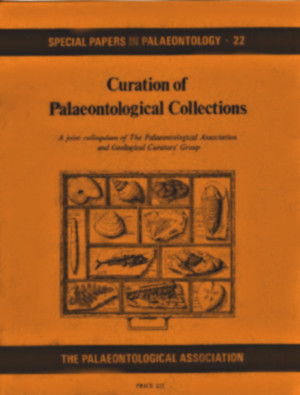Reg. Charity No. 1168330

The British geological heritage is a significant part of the history of the science world-wide, incorporating the work of key founding figures and major conceptual thinkers. The collections they generated and used, and those extending the traditions they established certainly survive in part, but their over-all extent in British museums is uncertain. A recent survey of geology in British museums reveals that almost half have geological collections and of this number almost one-third have significant holdings. The general curatorial situation revealed is, however, disquieting with only 44 of almost 300 museums with collections having qualified staff and many of these with too few to adequately curate their massive holdings. Significant parts of almost all collections lack information, cataloguing to modern standards hardly exists, and only 1% of institutions have complete printed catalogues. Specimens are at risk, many collections are stored in unsuitable furniture, most are poorly organized, and none are arranged according to common systems. Over 10% of museums with geological type material have no qualified staff. The situation in some of the university museums causes particular concern. A number of short- and medium-term remedies are suggested, but if permanent protection is to become a reality nothing short of the legislative safeguarding of curatorial standards is likely to be effective.